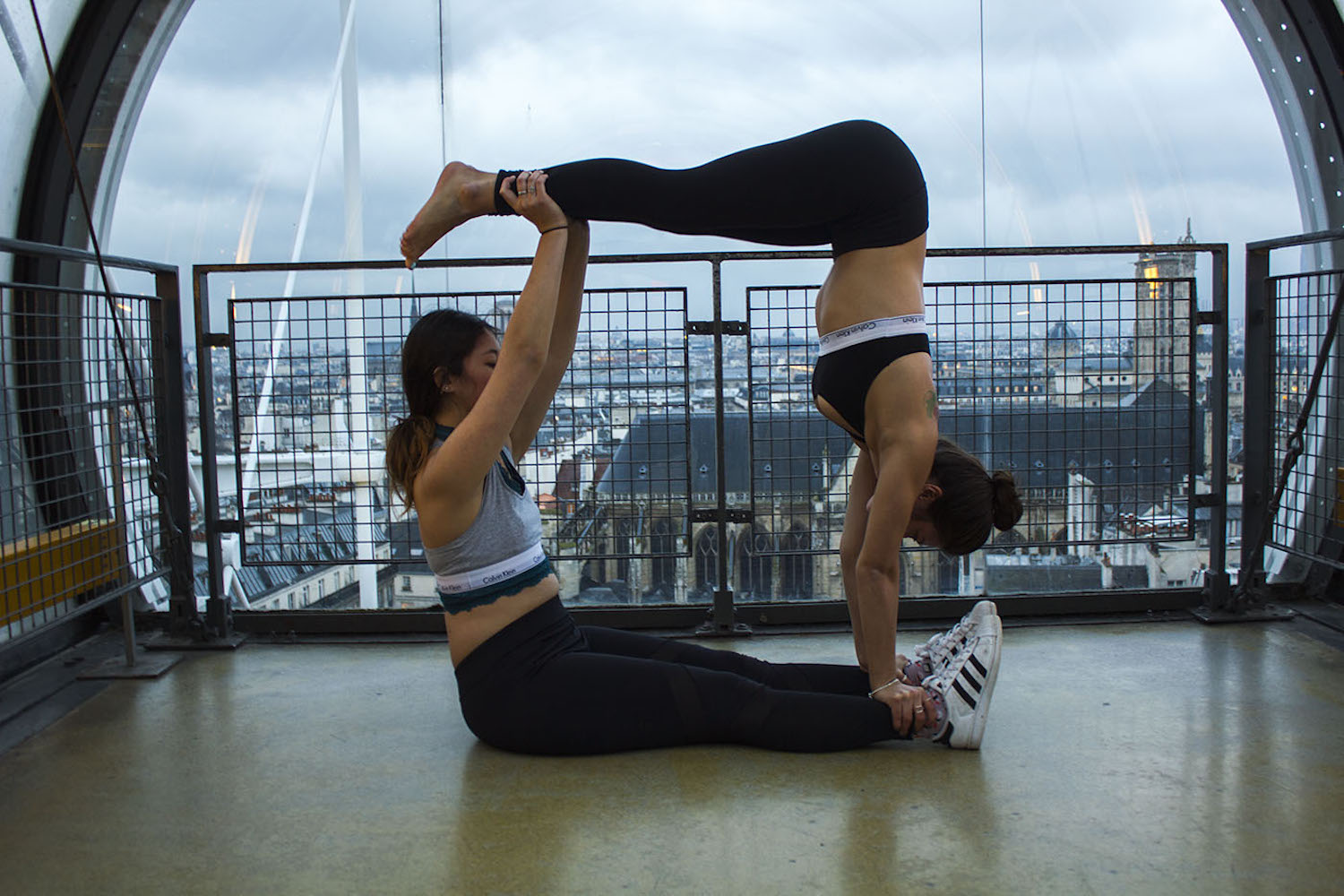What It Takes to Be a Yogi

Yoga can come off as complex, superficial, or just a bunch of spiritual mumbo-jumbo, but this is a huge misconception. The most practical way to understand yoga is to first understand what it stands for, and that the postures are only one-eighth of it. Although I mention other benefits to yoga in a video produced in collaboration with PTV (below), I would like to bring to light some of the core values that it encourages.
As an instructor, it's easy to see how yoga can be applied various aspects of life. The practice is encapsulated by Ashtanga or eight-fold path, which are the eight limbs one must implement in order to live a meaningful and purposeful life. A modern yogi recognizes that it may not be possible to live perfectly by these guidelines, so one must acknowledge their humanity, yet constantly be challenging themselves to do better, be better, and live better.
Yama: Guidelines for living
The first limb, Yama, deals with ethics and integrity. There are 5 aspects to it: nonviolence, truthfulness, non-stealing, continence, and non-covetousness. These all relate to the Golden Rule: "Do unto others as you would have them do unto you." Nonviolence isn't just about brutality, it also refers to the power of the word, and to only speak with integrity and in the direction of truth and love. And not just toward others, a yogi realizes that he/she must treat themselves with love and respect.
Truthfulness isn't just about lying, but about communication. It means being honest with yourself and others about what you need, and what you cannot tolerate. Non-Stealing isn't just concerned with possessions, but also time. In yoga, it can be referred to as Asteya, which means being prompt or early in order to not waste the time of others. Continence has to do with sexual abstinence, but in today's society (and for college students) it can be translated to not using sex or love to gain power over another person, or for revenge. Non-covetousness is not desiring material things, namely other's possessions. The beautiful thing about these principles is that they aren't tied to sin, but rather affect one's own "vibe", which changes how you see yourself and how others see you.
Niyama: Self discipline and Spirituality
The second limb, Niyama, has more to do with self-discipline and spirituality. The five Niyamas are: cleanliness, contentment, heat, self-study, and surrender to god. In yoga, it is important to respect your space (cleanliness). Yogis believe that impurities in one's body or environment adversely affects one's state of mind. They also believe that by focusing on what we do have, instead of what we don't, that we can be perpetually happy (contentment). They apply heat or Tapas to their practice by taking longer, slower breaths because this retains heat within the body, allowing your muscles to relax and stretch further than they do when you are tense and short of breath. Self-study can be applied as a spiritual quest, or simply as a reflection and contemplation of life's lessons in order to find one's "true" or "best" self. Finally, surrender to god is the basic acknowledgement that there is a higher power. It is the devotion to something higher than one's self, which can be practiced through Karma Yoga, or doing good for others. Practicing Karma yoga can be as simple as a small, meaningful gesture, or even volunteer work for a good cause.
Asana: Posture
Here, in the third limb, the postures we see and practice in yoga come to light. Yogis view the body as a spiritual temple, that must be cared for to maintain spiritual growth. Through holding Asanas, or postures, we develop discipline and concentration. These habits are engrained through successful meditation and in life.
Pranayama: Breath
At this stage, the yogi implements techniques to 'master' the breath, both the respiratory process and its connection to the mind and emotions. Literally, Pranayama means "life force extension", as yogis believe that its benefits go far beyond rejuvenating the body to extending life itself. Pranayama can be practiced immobility, in the car, at your desk, at a meeting, etc, but it is usually integrated into yoga sequences.
The other four limbs are concerned with meditation. Pratyahara is the conscious effort to drawing oneself away from the external world and outside stimuli. Following Pratyahara is Dharana, or concentration, which is followed by Dhaya, uninterrupted flow of concentration. Last is Samadhi, enlightenment.





